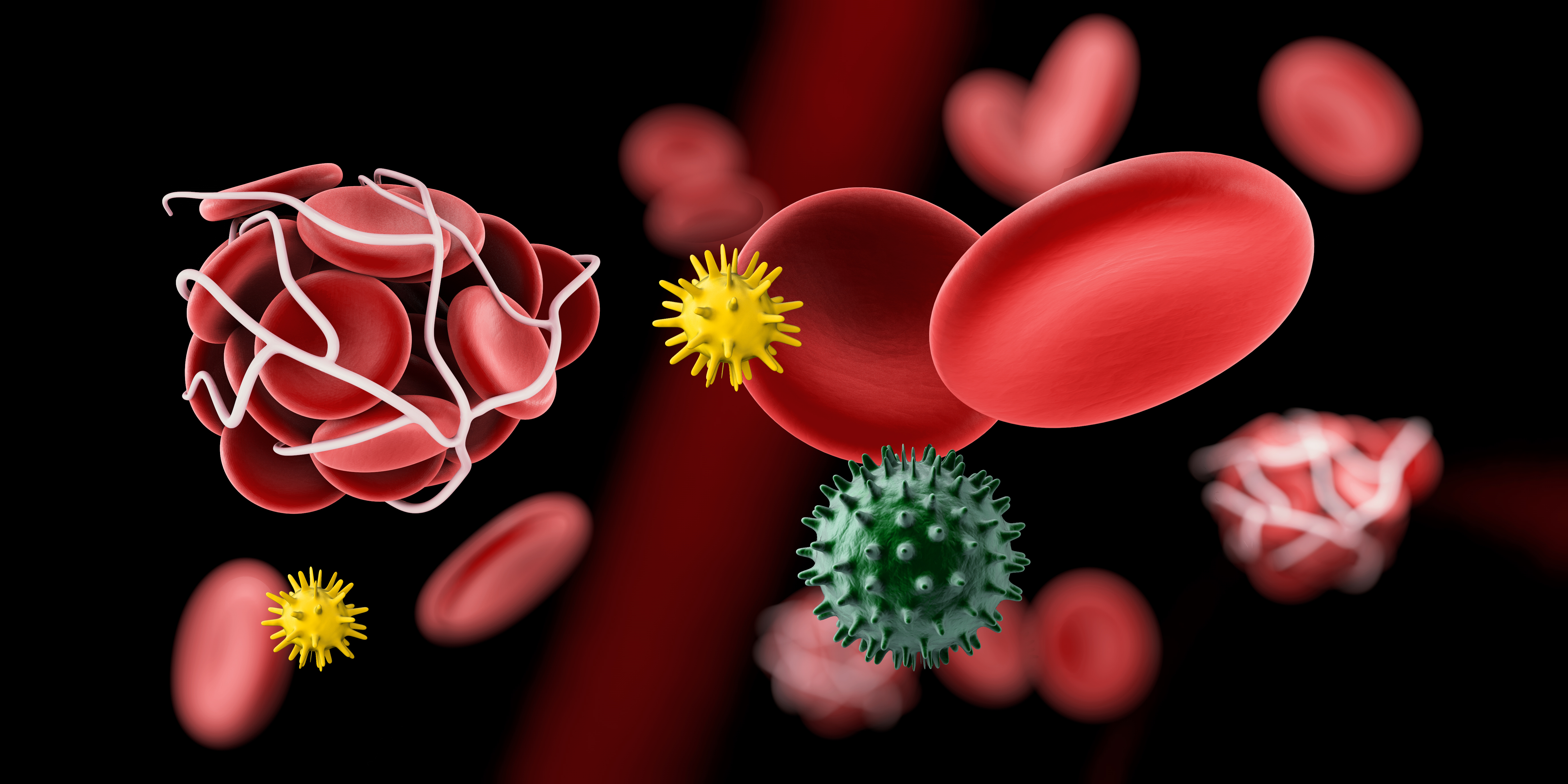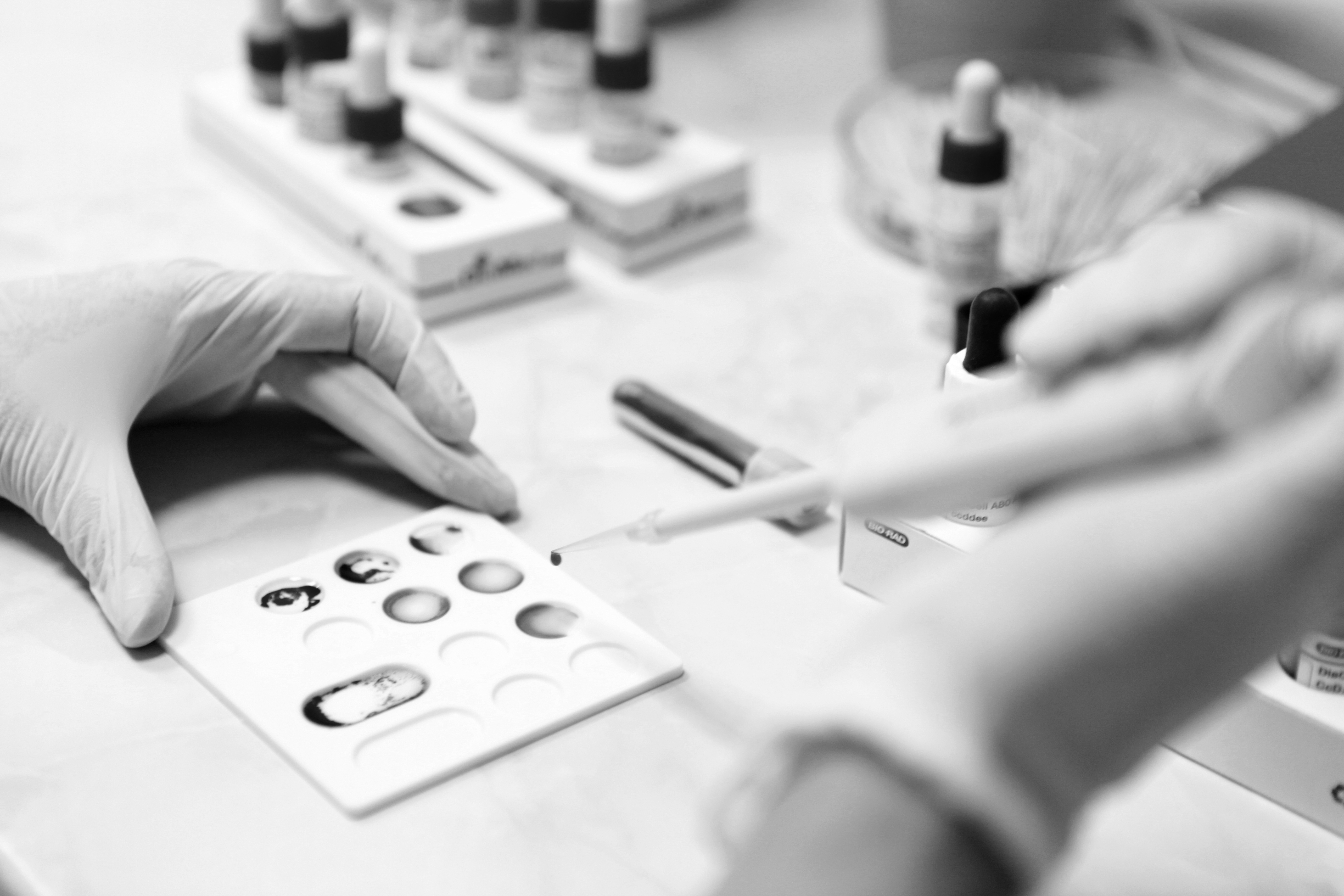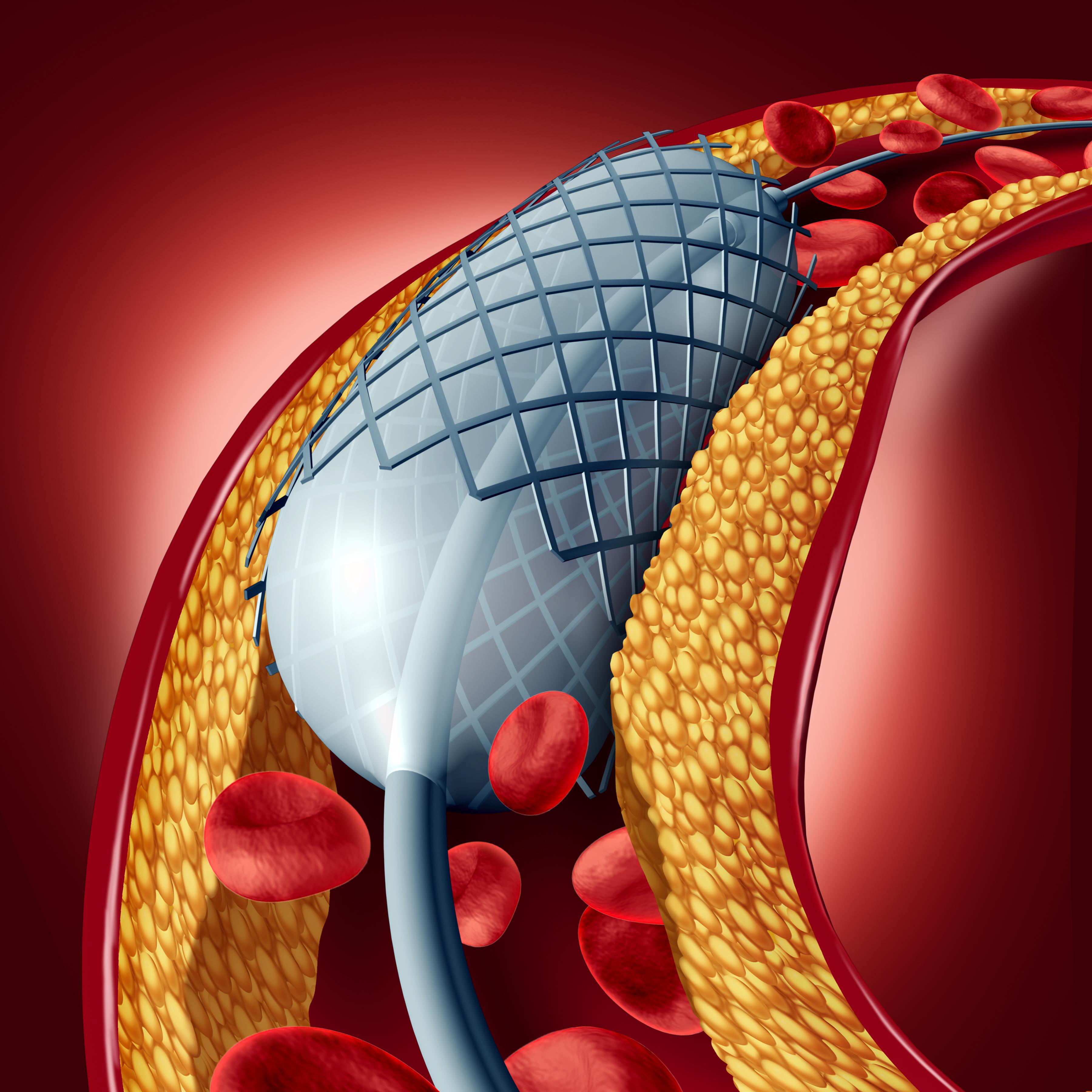A recent study by Dr. Duthoit, MD, published in Circulation: Cardiovascular Interventions, showed that compared to dual antiplatelet therapy, nonvitamin k antagonist monotherapy using a reduced dose of rivaroxaban (10 and 15 mg) in patients undergone left atrial appendage closure was associated with lower thrombin generation. This data supported that reduced rivaroxaban doses could be a substitute for the antithrombotic medications currently used after this procedure.
Percutaneous left atrial appendage closure (LAAC) is an alternative to oral anticoagulant therapy to prevent cerebrovascular events in patients with atrial fibrillation (AF). However, this method exposes to the risk of device-related thrombosis. Dual antiplatelet therapy (DAPT) for a short term period followed by a single antiplatelet agent has been prescribed as a post-procedure treatment for patients undergone LAAC and has led to an increase in bleeding complications. Given the ineligibility of the majority of LAAC candidates for full anticoagulation therapy, a strategy is required to address these bleeding and thrombotic complications after this procedure.
The pilot ADRIFT (Assessment of Dual Antiplatelet Therapy Versus Rivaroxaban in Atrial Fibrillation Patients Treated With Left Atrial Appendage Closure) is a multicenter, non-blinded, randomized phase IIb study that recruited 105 patients undergone LAAC procedure to receive a daily dose of either rivaroxaban 10 mg (R10, n=37), rivaroxaban 15 mg (R15, n=35), or DAPT with aspirin 75 mg and clopidogrel 75 mg (n=33). The primary objective of the study was thrombin generation by evaluating prothrombin fragments 1+2 (F1+2), 2 to 4 hours after drug intake, 10 days after treatment initiation, and at 3-months follow-up. Secondary objectives were serum measurement of thrombin-antithrombin complex, D-dimer, and some other biomarkers.
The data from the study showed better control of thrombin generation with rivaroxaban (10 or 15 mg) compared to DAPT therapy. The primary endpoint of study across various treatment regimens was (179 pmol/L [interquartile range (IQR), 129–273], P<0.0001 versus DAPT) with R10, (163 pmol/L [IQR, 112–231], P<0.0001 Versus DAPT) with R15, and (322 pmol/L [IQR, 218–528]) with DAPT. No significant reduction of the primary endpoint was observed between various doses of rivaroxaban while rivaroxaban serum concentrations increased significantly from 184 ng/mL with R10 to 274 ng/mL with R15 (P<0.0001). The results of the study were consistent at the 3-month follow-up. Secondary endpoint values were numerically lower in the rivaroxaban groups than the DAPT group. Also, device thrombosis was reported in 2 patients in the DAPT group. Bleeding complications occurred in one-third of the participants over the 3-month follow-up period, of which 16% were major events. Clinical and safety endpoints were similar among the three groups.
There are several caveats to consider when interpreting the results of this study. First, the sample size was small. Second, the thrombin generation measurements may not be the optimal method to compare rivaroxaban with DAPT. In fact, thrombin generation measurements were evaluated at time points when rivaroxaban has the maximum efficacy based on its serum concentration. However, the DAPT may show its maximum efficacy across time.
Finally, data from this pilot study confirmed a significant reduction in thrombin generation after 3 months of antithrombotic therapy with reduced doses of rivaroxaban in patients with LAAC. This data needs further evaluation in large randomized trials.




